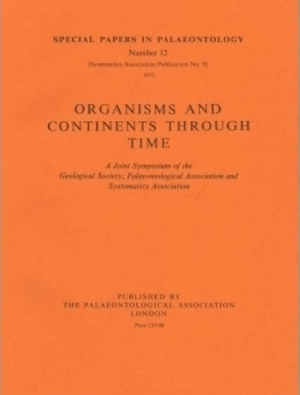Reg. Charity No. 1168330

Methods for assessing the degree of contiguity of land masses from plant and animal distributions are discussed, and how hypotheses based on them might be tested. Most methods require the distribution patterns of numerous organisms to be combined in some way, and thus they lead to the concept of biotal distances (a form of floral or faunistic dissimilarity between land areas).
Various factors affect biotal distance, such as the mobility of organisms, climatic control, and barriers to migration. Biotal distances may reflect present-day contiguity of land masses, or the contiguity at the time when the taxon under study began its radiative evolution.
Illustrations from conifers and crustacea are given, together with estimates of fit to the present and to earlier epochs, and comments on the potential of such methods for elucidating the geography of earlier periods.